
See Miami’s Waterfront Through Its Midcentury Modern Lifeguard Stations
Pack your sunscreen, George Jetson.
Long before the Miami waterfront became a mainstay for beachgoers, festival attendees, and just about anyone seeking a little fun in the sun, it was simply stretches of white sand, punctuated by the occasional “house of refuge.” These structures—precursors to traditional lifeguarding stations—served Floridians at the turn of the 19th century, long before the establishment of the U.S. Coast Guard in 1915.
“Lacking the usual station crew of surfmen, keepers of houses of refuge were primarily responsible for providing shelter, food, and clothing to victims of shipwrecks,” writes Sandra Thurlow in US Life-Saving Service: Florida’s East Coast. “They were also required to help survivors find transportation to civilization.”
Since then, it’s fair to say that civilization has found its way to the shipwrecks. Today, development in Miami practically kisses the shoreline, and lifesavers, too, have upped their game. Lifeguard stations have long since replaced those historic houses of refuge, whose residents merely combed the beaches for the dead and near-dead, rather than actively braving the sea to save swimmers from drowning.
Just as lifeguards have doubled down on their duties, so too have Miami’s lifeguard stations. The change didn’t happen immediately—the beachfront had standard lifeguard towers for most of the 20th century—but in 1995, three years after Hurricane Andrew razed a number of those towers, the architectural firm William Lane designed some pretty eccentric replacements.
The new towers—in all their technical glory—became iconic images of post-Andrew Miami, and 20 years after the storm, William Lane returned to the beachfront at the behest of Miami Beach officials, to overhaul the dated towers. The 2015 towers—just as quirky and vibrant as their predecessors—are the stations you see on the beach today.*
Equal parts futuristic and midcentury (modern), the lifeguard towers of Miami Beach—a Jetsons vacation destination if ever there was one—turn a requisite safety structure into vivid, fun fun fun geometries that make other lifeguard towers look plain, boxy, and boring.
Some of Miami Beach’s stations have been sold before, and two Super Bowl team-themed lifeguard towers—not designed by William Lane—went up for auction in 2020. Plenty of stations remain for public view. And, of course, for safety.
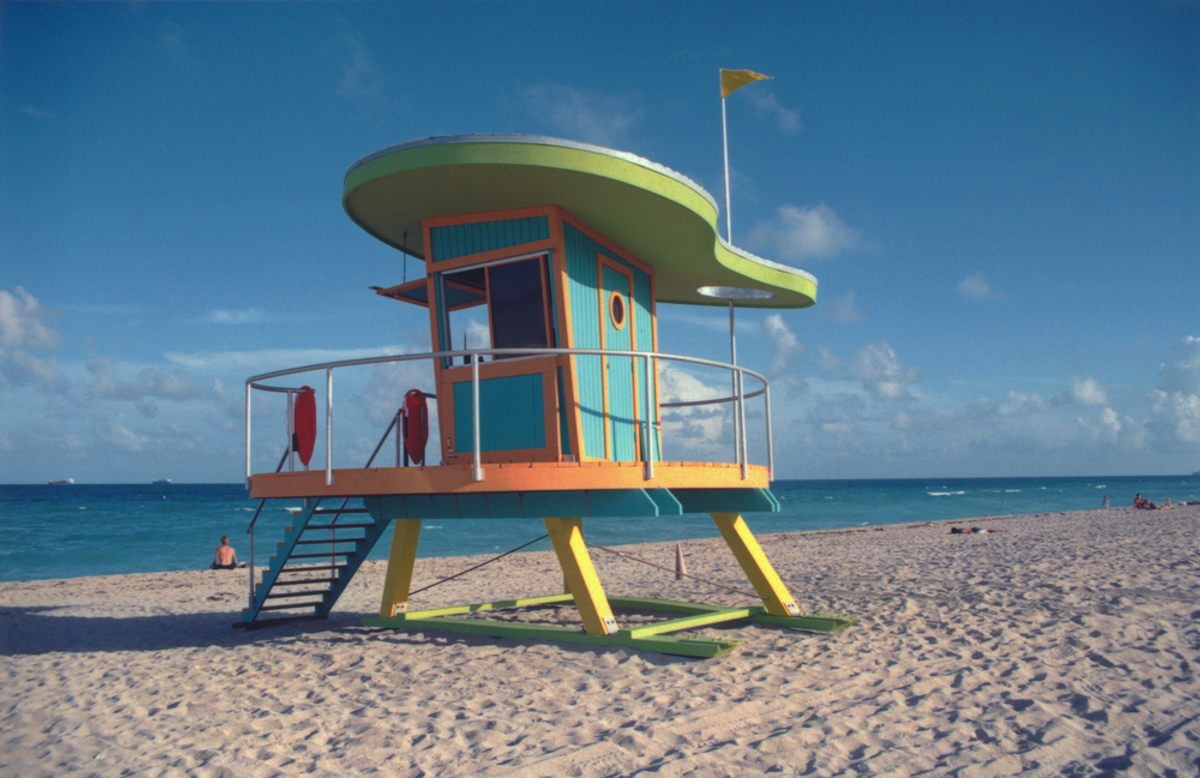


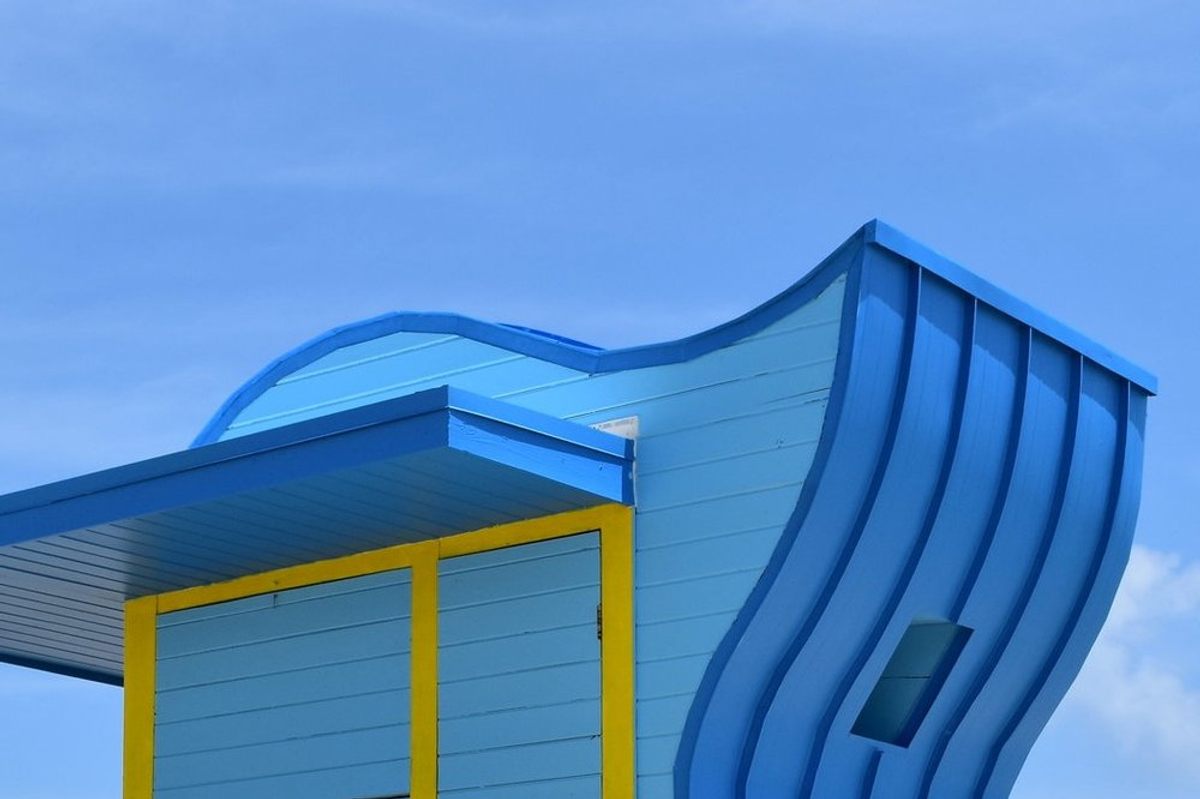
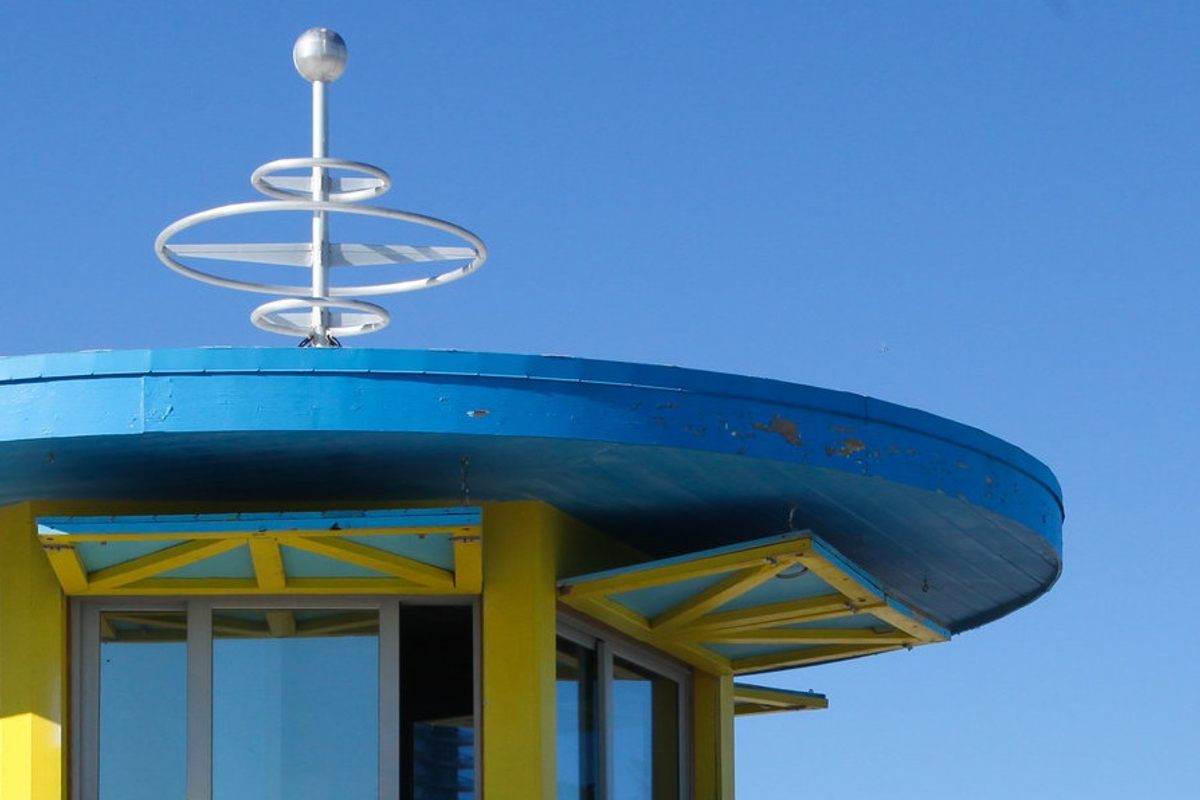

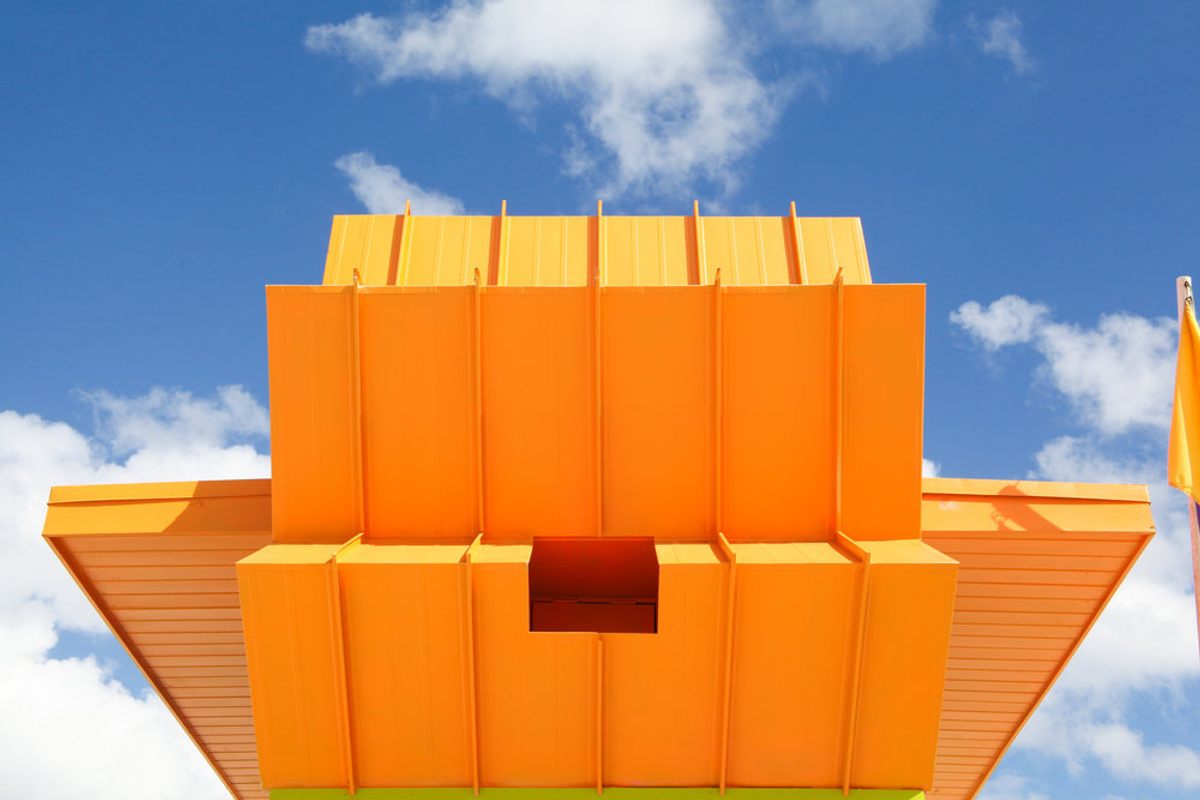
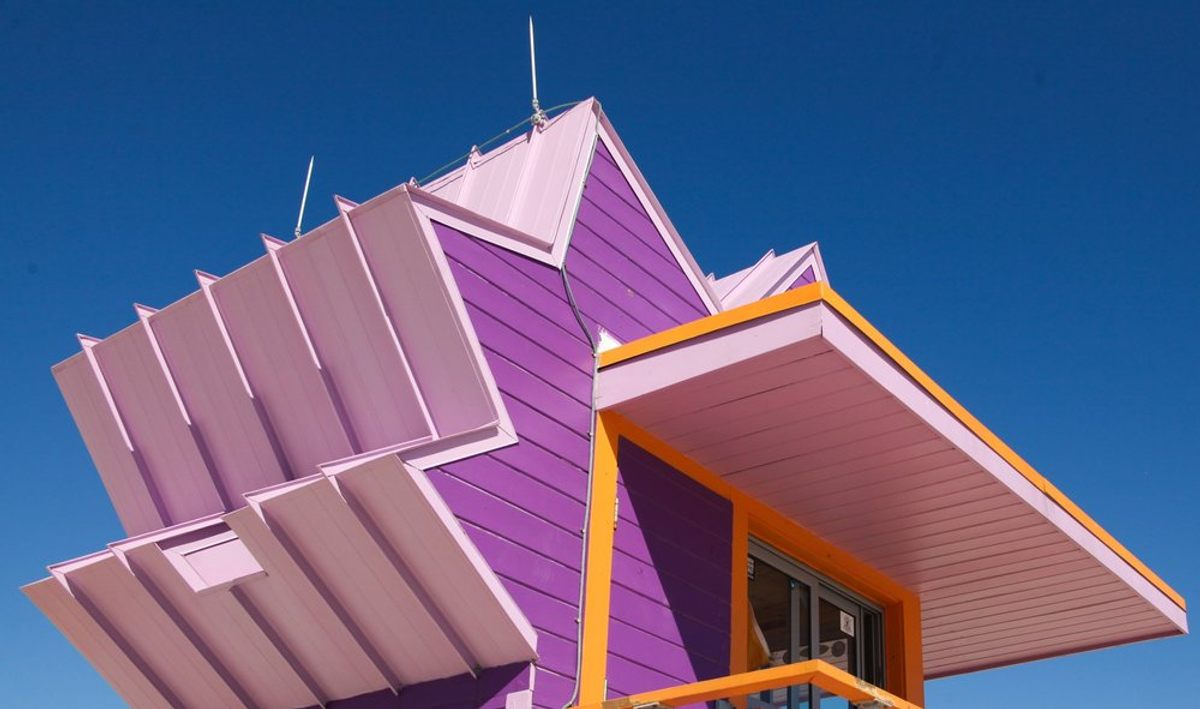
*Update 2/06: This story has been updated to clarify William Lane’s involvement in the design and erection of the lifeguard towers, both in 1995 and in 2015.



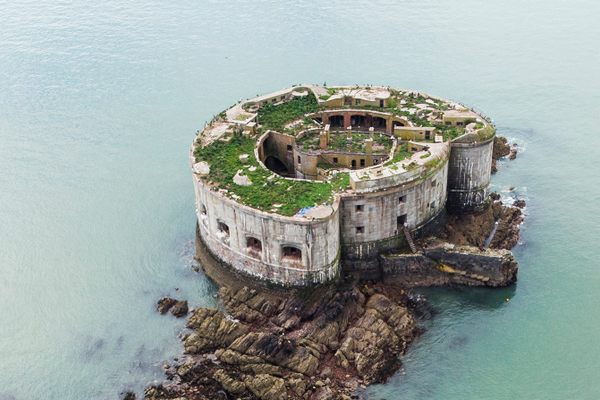














Follow us on Twitter to get the latest on the world's hidden wonders.
Like us on Facebook to get the latest on the world's hidden wonders.
Follow us on Twitter Like us on Facebook